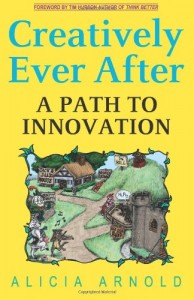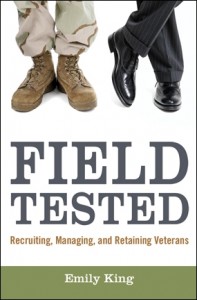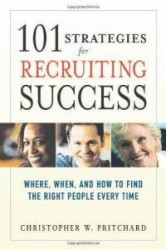How to teach managers and teams about disrespect at work
Recently I received a copy of The Respect Effect to review. This post is less of a book review and more of a discussion about one specific idea I found in the book, but it’s been a good read and I definitely have some good notes for my next manager’s meeting.Â
How does Zappos handle issues with disrespect in the workplace?
“If it [the issue of disrespect] cannot be successfully handled within the workgroup, we fire them.”
Tony Hsieh, CEO of Zappos.com
I’ve been thinking about this ever since I read it a few weeks ago. It’s not only about not tolerating disrespect within the workplace setting. It also presents an idea that warrants some thought. Continue reading
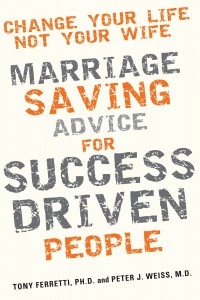
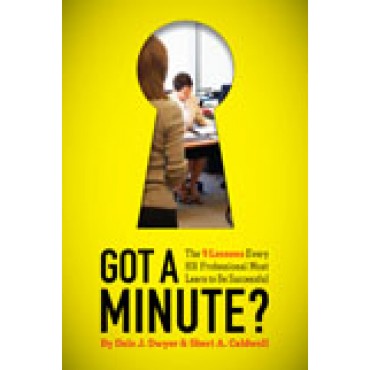
 What are the signs that a person is lying?
What are the signs that a person is lying?